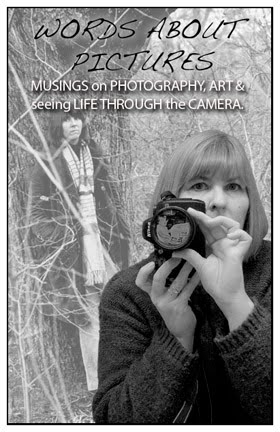 |
| Brother eagle returns to a favorite roosting spot in mid-October. |
 It's hard to believe–this is the first exhibit of my work in a year! If you live in the area, stop by DuPont on Saturday, November 17. All that shooting means that I've spent the past couple of months producing prints and ordering my new favorite presentation: archival metal prints.
It's hard to believe–this is the first exhibit of my work in a year! If you live in the area, stop by DuPont on Saturday, November 17. All that shooting means that I've spent the past couple of months producing prints and ordering my new favorite presentation: archival metal prints.My favorite eagle pair have been engaged in hunter education with the kids down on the Nisqually delta. So how do I know that's where they've been? I've been observing their flight patterns for several years. They have two favorite water hunting areas and occasionally pick off an unsuspecting squirrel or chipmunk in the tall trees along the Hoffman Hill ridge. Last summer, I managed to get down to the delta during several "minus tides" which is the only time it's possible to get close to where many birds hunt. My Low Tide Gallery includes several of my favorite eagles hunting.
These eagles fly up the ridge from the Nisqually delta below, then fly low–less than 100 feet and sometimes about 10 feet above–either across the golfcourse to the north or directly west of us to the grove of old growth trees on the Fort Lewis golfcourse to the east.
The photos above were taken from my front lawn. Sister eagle was about 20 feet above me. I got this image with a 70mm lens. You can see her in the second image about mid-right.
I estimate that my favorite pair are about 12-13 years old. Bald eagles are mature at about 4 or 5-years-old, when the head and tail are fully white. The neighbors whose yards back up to eagle territory tell me the nest has been active for about eight years.
Sometimes they drop food (accidentally?)-like a half-eaten fish. This one was on the sidewalk about a block from my house, near our mailboxes. I decided the fish looked like a Japanese sumi painting, so I posterized it in grayscale. All that's missing is my red "chop."
In late fall and through the winter, I often see one of the eagle mates or their offspring flying over my house. I'd like to think they know me but I also know that we live in the flight path of many wild birds.
I will likely spend the rest of Darkember (that would be the period that we're not in Daylight Savings Time, which means sunrise about 8 a.m. and sunset about 4:30) editing and selecting photographs from the past year. I invested in a 400mm lens, which is really the only way to see what's going on in the nest, which is about 50 feet up and at least 100 feet away from where I can photograph easily.
What's next is finding a venue or two to exhibit this work. I'm also working on a book about my observations with (of course) lots of photographs. My latest work can always be found on my Kate Lynch Photographs website, where there are also links to my posts on Facebook and where to special-order framed and unframed prints.
























































